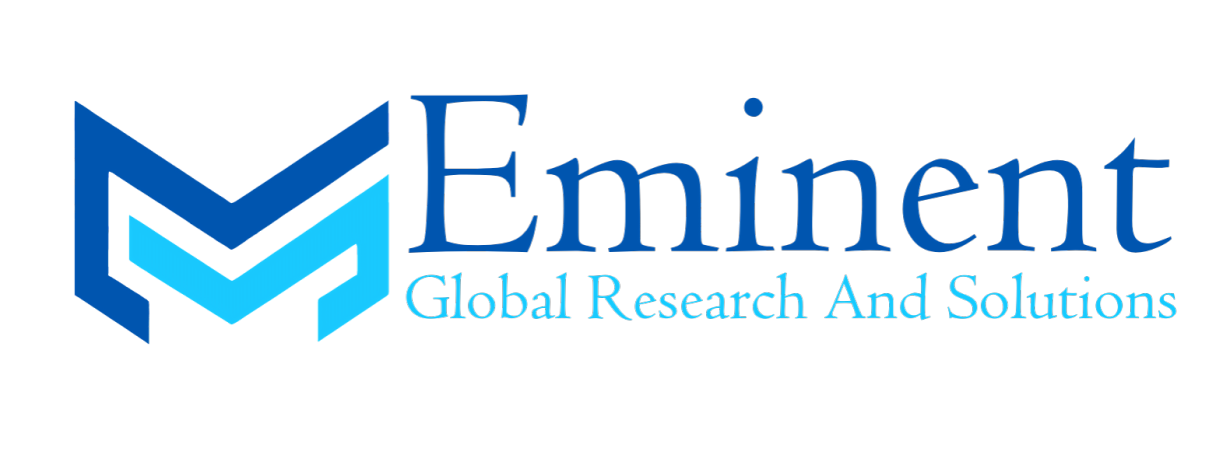Organizations looking to streamline their innovation processes need comprehensive end-to-end solutions that connect strategy to execution. An effective innovation management approach helps companies remain competitive in rapidly changing markets while balancing immediate operational needs with future growth opportunities.
Best Practices for End-to-End Innovation
1. Establish a Structured Innovation Framework
The most successful organizations implement a structured approach to innovation that covers the entire journey from strategy to execution. This typically includes:
– Defining clear innovation goals aligned with business strategy
– Creating standardized workflows to manage increasing data at every stage
– Balancing short-term “quick wins” with long-term “moonshots”
– Building innovation capabilities into the organization’s culture
2. Follow a Three-Step Innovation Process
An effective end-to-end innovation process generally follows three key steps:
**Step 1: Identify Strategic Opportunities**
– Monitor weak signals and drivers of change in your industry
– Analyze trends, emerging technologies, and competitive movements
– Define an agile innovation strategy based on these insights
**Step 2: Generate and Develop Concepts**
– Implement collaborative ideation campaigns to unlock new ideas
– Use various methodologies (Design Thinking, Lean Startup, etc.) based on your needs
– Engage both internal and external stakeholders in the ideation process
Step 3: Execute a Balanced Innovation Portfolio
– Prioritize innovation projects based on strategic alignment
– Create visual roadmaps to guide implementation
– Balance resources between incremental improvements and transformative innovations
Tools and Methodologies
Modern innovation management requires specialized tools to coordinate complex processes across the organization:
Innovation Management Platforms
These comprehensive platforms help manage the entire innovation lifecycle and typically offer:
– Trend monitoring and opportunity identification
– Collaborative ideation and campaign management
– Portfolio management and roadmapping
– Analytics and reporting capabilities
When selecting an innovation management tool, organizations should:
– Clearly define their strategic priorities
– Share management responsibilities across the organization
– Build excitement before launching the tool
– Use intrinsic incentives to motivate participation
– Conduct regular check-ups and process reviews
### Innovation Methodologies
Different methodologies serve different innovation needs:
– Design Thinking: For understanding user needs and creative problem-solving
– Lean Startup: For rapid testing and validation of business hypotheses
– Agile: For iterative development and frequent feedback cycles
– Open Innovation: For leveraging external ideas and resources
Successful Implementation Examples
PostFinance’s VNTR Innovation Unit
PostFinance implemented a horizon 3 innovation process focused on transformative innovation:
1. Exploration Phase: Identifying relevant signals, trends, and technologies to derive new fields of innovation
2. Validation Phase: Conducting rapid market experiments to test feasibility and customer needs
3. Scaling Phase: Efficiently implementing validated innovations for sustained growth
They evaluate projects through a phase-gate process, deciding whether to proceed, refine, or discontinue based on evolving insights.
Sartorius’ Innovation Program
Sartorius created an innovation program combining both internal and external technology development:
1. They use a systematic evaluation process to score potential innovations by business impact and strategic fit
2. Based on the evaluation, they select the appropriate action channel
3. The system accelerates identification of potential partners, especially startups and academic groups
Alliance SwissPass
In the transportation sector, Alliance SwissPass demonstrates how multiple stakeholders can collaborate on innovation:
1. They bring together stakeholders from across the value chain to ensure innovations are practical and scalable
2. Their process fosters a culture of creativity and collaboration
3. Solutions are designed to meet needs of all stakeholders, from end users to regulatory bodies
Key Success Factors
To effectively streamline innovation from idea to execution:
1. Leadership commitment: Innovation needs executive sponsorship and resources
2. Cultural alignment: Foster a culture that embraces experimentation and learning from failure
3. Process flexibility: Adapt your innovation process to different types of projects
4. Digital enablement: Leverage technology to connect people and manage complex processes
5. Measurement: Track relevant metrics to demonstrate impact and guide improvements
By implementing these practices and using appropriate tools, organizations can create a sustainable innovation engine that consistently delivers value while preparing for future opportunities.


